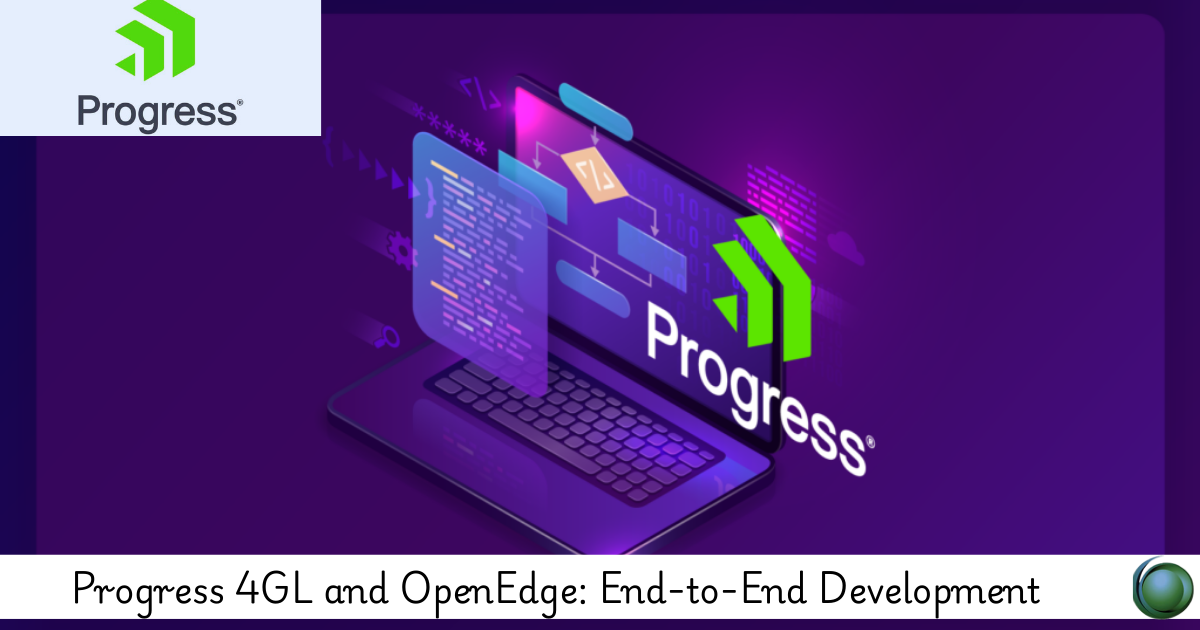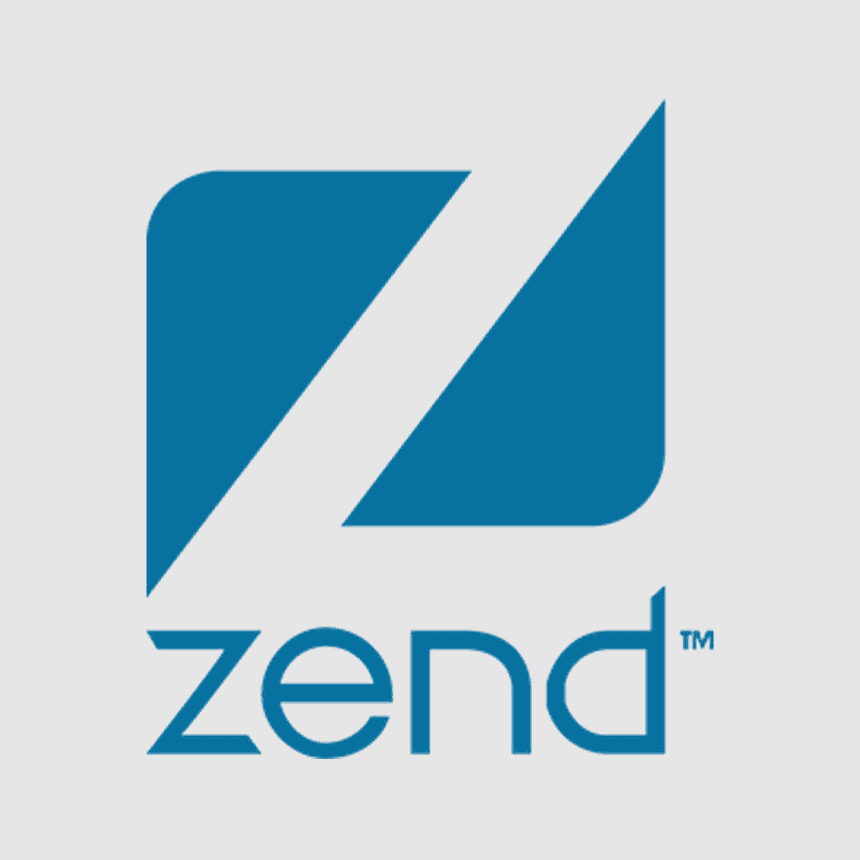Description
Introduction of Progress 4GL & OpenEdge
Progress 4GL (also known as Advanced Business Language) and OpenEdge are widely used for developing business applications that require robust database management, high-performance processing, and real-time data interaction. OpenEdge offers a powerful platform for building scalable and high-performance applications that cater to industries such as finance, retail, and manufacturing. The combination this provides a comprehensive development environment for building end-to-end business solutions, covering everything from database management to application logic and user interfaces.
This training focuses on end-to-end development with Progress 4GL and OpenEdge, providing a deep dive into how these technologies can be used together to create complete, enterprise-grade applications. Participants will gain hands-on experience in developing, deploying, and maintaining applications, as well as learn best practices for using Progress 4GL in conjunction with the OpenEdge platform. The course will also cover integrating with other technologies and expanding the functionality of applications to meet evolving business needs.
Prerequisites of Progress
- Familiarity with programming concepts and general software development principles
- Basic knowledge of databases and relational database management systems (RDBMS)
- Prior experience with Progress 4GL and OpenEdge is beneficial but not required
- Understanding of web services, cloud computing, and API integrations
- Familiarity with basic concepts of object-oriented programming (OOP)
Table of Contents
1. Introduction to Progress 4GL and OpenEdge
1.1 Overview of Progress 4GL and OpenEdge
1.2 History and Evolution of Progress 4GL and OpenEdge
1.3 Key Components of the OpenEdge Platform
1.4 Advantages of Using OpenEdge for Application Development
1.5 Exploring the OpenEdge Database and Its Architecture
2. Setting Up the Development Environment
2.1 Installing Progress 4GL and OpenEdge Studio
2.2 Configuring the OpenEdge Database
2.3 Setting Up OpenEdge Database Clients
2.4 Navigating OpenEdge Development Tools and IDE
2.5 Connecting to Remote Databases and Services
3. Database Design and Management in OpenEdge
3.1 Understanding OpenEdge Database Architecture
3.2 Designing and Creating Databases in OpenEdge
3.3 Defining Tables, Indexes, and Relationships
3.4 Managing Data Integrity and Concurrency
3.5 Backing Up and Restoring OpenEdge Databases
3.6 Working with OpenEdge Data Types and Fields
4. Building Business Logic with Progress 4GL & OpenEdge
4.1 Introduction to Progress 4GL Syntax and Structures
4.2 Writing Procedures and Functions
4.3 Using Variables, Loops, and Conditional Statements
4.4 Handling User Input and Output in Progress 4GL
4.5 Error Handling and Debugging in Progress 4GL
4.6 Creating Business Rules and Logic in OpenEdge Applications
5. Creating User Interfaces in OpenEdge Progress 4GL
5.1 Building Character-Based User Interfaces (TUI)
5.2 Introduction to OpenEdge ABL (Advanced Business Language)
5.3 Designing Graphical User Interfaces (GUI) with OpenEdge
5.4 Using OpenEdge GUI Controls (Windows, Frames, and Widgets)
5.5 Event-Driven Programming in OpenEdge
5.6 Integrating OpenEdge Forms and Reports
6. Data Access and Transactions in OpenEdge
6.1 Working with Data Access and Data Structures in Progress 4GL
6.2 Performing CRUD Operations (Create, Read, Update, Delete)
6.3 Transaction Management and Locking in OpenEdge
6.4 Handling Large Data Sets and Optimizing Performance
6.5 Implementing Data Validation and Integrity Constraints
7. Integration with External Services and APIs
7.1 Introduction to RESTful Web Services and APIs
7.2 Integrating OpenEdge with External Databases and Web Services
7.3 Calling External APIs from Progress 4GL(Ref: Modernizing Legacy Applications with Progress 4GL)
7.4 Using OpenEdge to Expose APIs for External Consumption
7.5 Leveraging OpenEdge for Cloud Integration and Hybrid Environments
8. Performance Optimization and Tuning in OpenEdge
8.1 Analyzing OpenEdge Application Performance
8.2 Query Optimization Techniques for OpenEdge Databases
8.3 Tuning the OpenEdge Database for Faster Access
8.4 Reducing Latency in OpenEdge Applications
8.5 Monitoring and Profiling OpenEdge Application Performance
9. Deploying and Maintaining OpenEdge Applications
9.1 Preparing OpenEdge Applications for Deployment
9.2 Deploying OpenEdge Applications to Production Environments
9.3 Setting Up Application Monitoring and Error Logging
9.4 Managing OpenEdge Application Versions and Updates
9.5 Automating Deployment and Continuous Integration
10. Extending OpenEdge Applications
10.1 Implementing Business Process Automation with OpenEdge
10.2 Integrating OpenEdge with Other Enterprise Systems (ERP, CRM)
10.3 Leveraging OpenEdge for Multi-Tenant Applications
10.4 Extending OpenEdge with Custom Modules and Plugins
10.5 Using OpenEdge for Real-Time Data Processing and Analytics
11. Security in OpenEdge Applications
11.1 Understanding Security Features in OpenEdge
11.2 Implementing Authentication and Authorization
11.3 Securing Data Access and Transactions
11.4 Encrypting Sensitive Data in OpenEdge Databases
11.5 Auditing and Logging for Security Compliance
12. Best Practices for OpenEdge Development
12.1 Development Methodologies and Practices in OpenEdge
12.2 Code Management and Version Control for OpenEdge Projects
12.3 Testing and Debugging OpenEdge Applications
12.4 Collaboration and Code Sharing in OpenEdge Projects
12.5 Ensuring Application Scalability and Maintainability
13. Future Trends in OpenEdge Development
13.1 Upcoming Features and Enhancements in OpenEdge
13.2 The Role of OpenEdge in Modern Cloud Environments
13.3 Using OpenEdge for IoT, AI, and Machine Learning Applications
13.4 The Evolution of OpenEdge and Progress 4GL in Modern Development
13.5 Preparing for the Future of OpenEdge Application Development
Developing end-to-end applications will provides organizations with a robust platform for creating scalable, high-performance solutions that meet complex business requirements. By leveraging the full capabilities of OpenEdge, developers can build applications that manage large volumes of data, integrate seamlessly with external systems, and provide exceptional user experiences. This course provides a comprehensive understanding of how to design, develop, deploy, and maintain applications using this to ensuring developers are well-equipped to handle the full application lifecycle. Whether you’re optimizing legacy systems or building new solutions, mastering this will enable you to build modern business applications that are secure, efficient, and scalable for the future.







Reviews
There are no reviews yet.